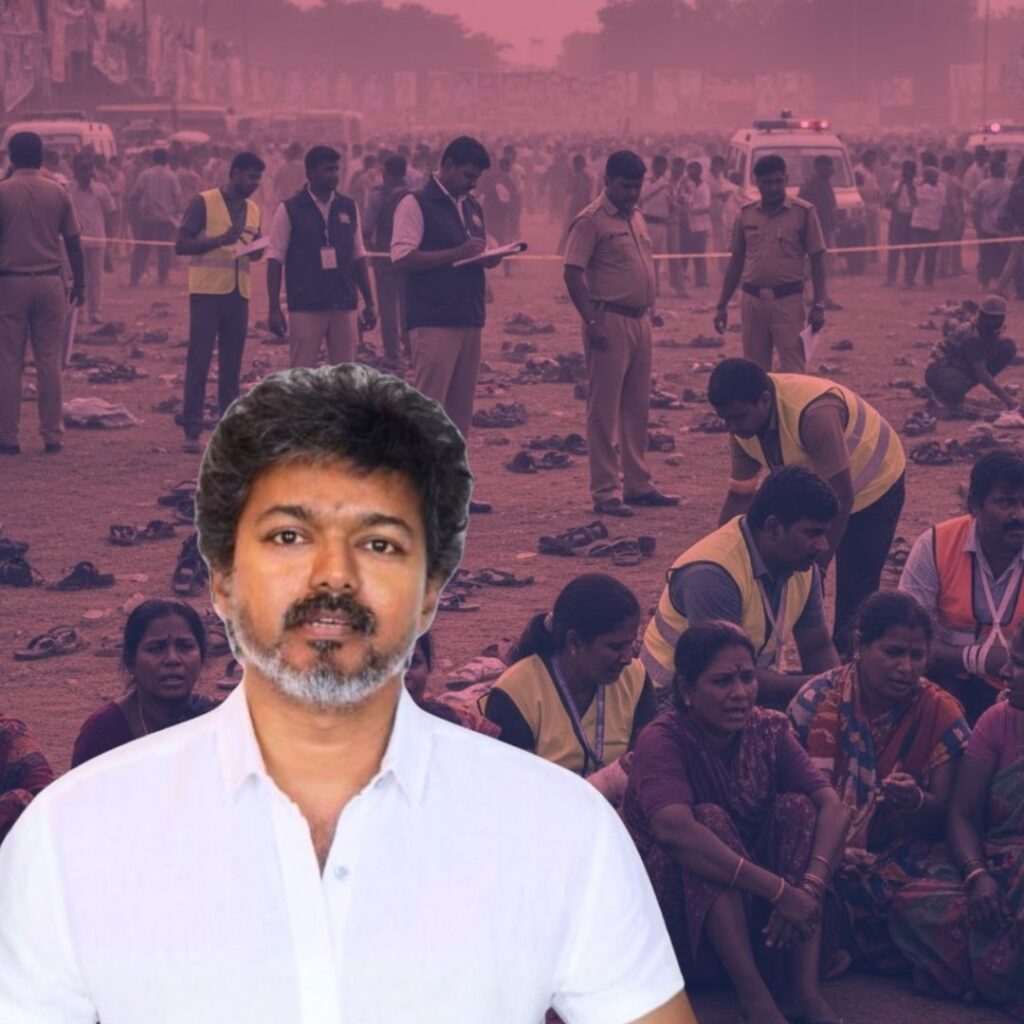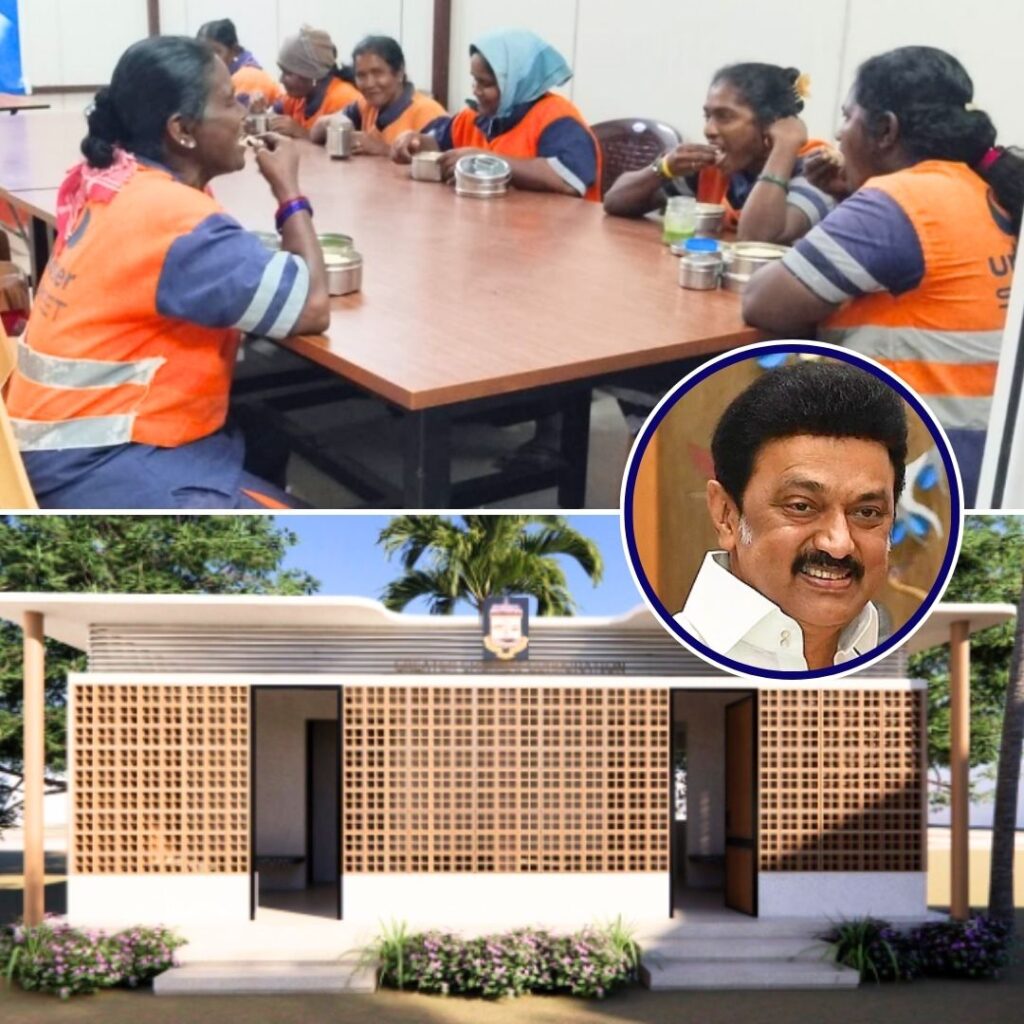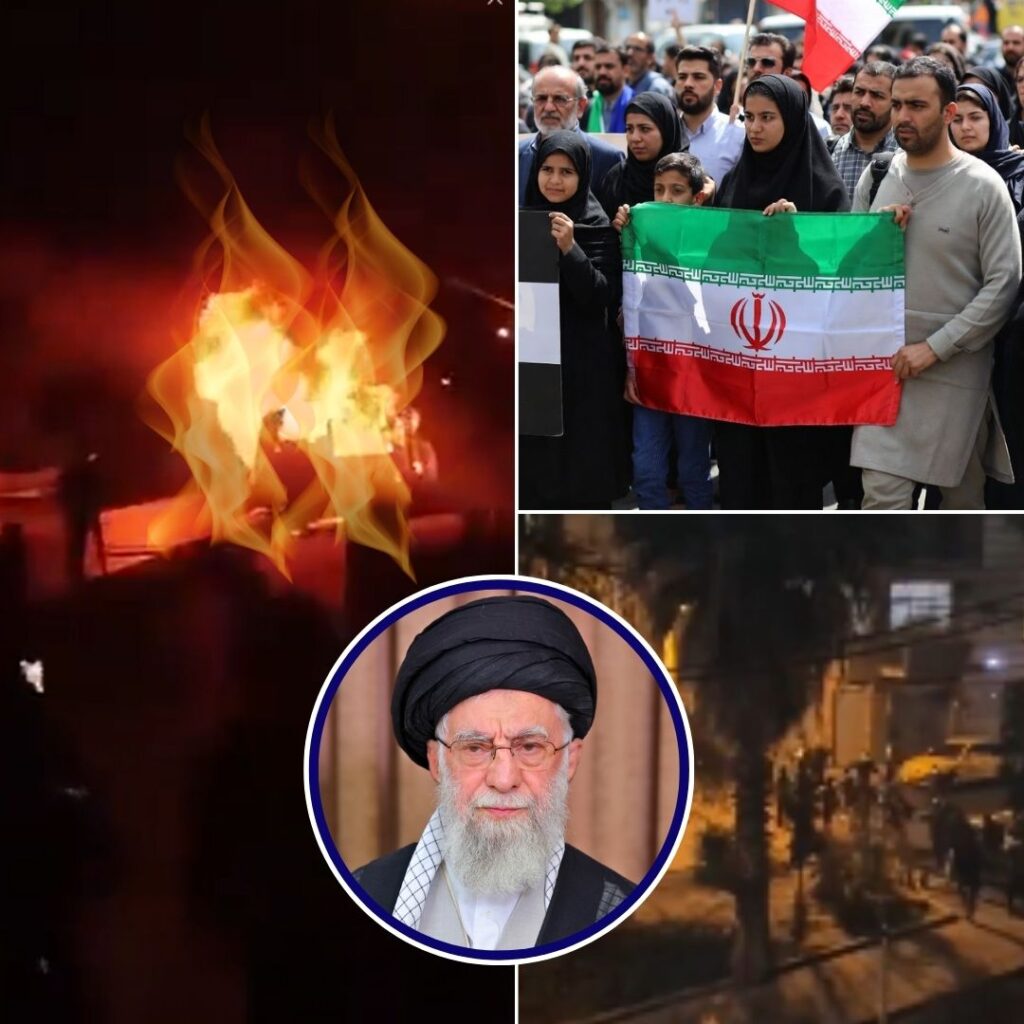On August 14, 2025, Delhi-NCR was hit by heavy rainfall that caused widespread waterlogging and severe traffic disruptions across key urban centres including Gurugram, Noida, Faridabad, Ghaziabad, and several parts of Delhi such as Lajpat Nagar and RK Puram. The India Meteorological Department (IMD) has issued a red alert forecasting continued intense rainfall through August 17, accompanied by thunderstorms and strong winds reaching up to 40 km/h.
Civic agencies have urged residents to exercise caution on flooded roads and advised avoiding unnecessary travel amid ongoing efforts to clear drains and deploy pumps. Officials also raised concerns about public health hazards due to water stagnation mixed with garbage. Despite intensified preparation by municipal bodies, persistent drainage challenges and coordination gaps remain significant hurdles.
Waterlogging Brings City to Standstill Amidst Rising Concerns
The heavy downpour early on Wednesday flooded major arteries including Outer Ring Road near Subroto Park and Basai Road in Gurugram, leading to severe traffic jams during peak commuting hours. Low-lying localities such as Palam Vihar and Ashok Vihar Phase 3 were particularly affected, with residents reporting streets submerged under water.
Efforts by municipal workers to clear drains and use pumping machinery have been ongoing. Bhawani Shankar Tripathy, spokesperson of the Sector 23 Residents’ Development and Welfare Association, decried the accumulation of garbage in waterlogged areas, calling it a “health crime by the civic body” that exacerbates risks of waterborne diseases. The IMD’s forecast of continued rain and thunderstorms raises alarms for safety and mobility in the coming days.
Sustained Mitigation Efforts Amid Urban Planning Challenges
The Delhi government has launched multi-pronged anti-waterlogging measures in recent months, including large-scale desilting of drains, over 1.7 lakh metric tonnes of silt cleared from more than 530 km of major drains, and installation of automated pumps in critical hotspots such as Minto Bridge, which has notably avoided flooding this monsoon season due to targeted infrastructure upgrades.
Chief Minister Rekha Gupta has spearheaded real-time monitoring by deputing nodal officers to oversee drainage in vulnerable zones and has publicly warned against negligence, promising disciplinary action.
Nevertheless, uneven attention to smaller drains in peripheral areas, ongoing garbage disposal issues, and inter-departmental coordination gaps among PWD, Municipal Corporations, and Delhi Jal Board continue to hamper comprehensive flood management. The government has also undertaken encroachment removal drives along crucial drains like Barapulla to restore water flow.
The Logical Indian’s Perspective
The recurring monsoon waterlogging crisis in Delhi-NCR reveals deeper governance and environmental challenges that affect public health, daily mobility, and quality of life. While the intensified efforts at desilting, monitoring, and infrastructural improvements demonstrate promise, sustained empathy and collective responsibility remain vital to safeguard communities.
Addressing garbage management, enhancing coordination among civic agencies, and educating citizens about sustainable practices during heavy rains are equally crucial alongside technical solutions.
Delhi roads turned into a river after the rain 🤡
— 🚨Indian Gems (@IndianGems_) August 14, 2025
I don't know why we are unable to solve this issue in any cities of India. pic.twitter.com/nZFeNOQPAQ












